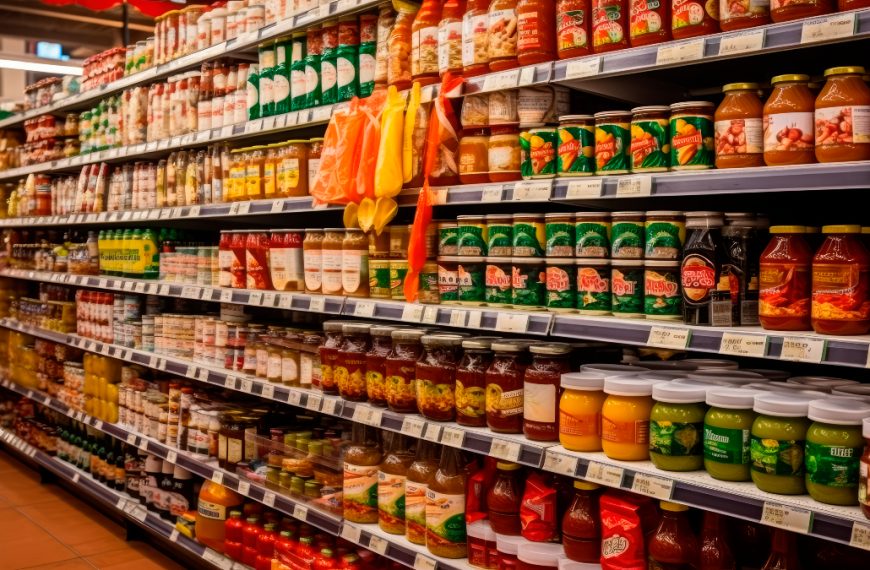The Indian stock market is currently experiencing a significant shift, marking a notable transition from a period of exuberance to one of caution. After witnessing a remarkable bull run over the past four years, where investors flocked to markets, the recent downturn has tempered enthusiasm. The National Stock Exchange (NSE) and Bombay Stock Exchange (BSE) have enjoyed substantial profits, but new regulations and market fluctuations are now presenting fresh challenges.
Profit Surge Amidst Market Shifts
The NSE reported impressive results with a 57% and 94% year-on-year profit growth in the last two quarters of FY25. Meanwhile, BSE has doubled its profits each quarter for the past two years, with the exception of Q4 FY24. However, this success may be short-lived as market dynamics change.
Declining Investor Activity
Since September, market enthusiasm has waned considerably, largely due to the Securities and Exchange Board of India (SEBI) implementing stricter regulations on the futures and options (F&O) segment. This downturn has resulted in a staggering drop in total F&O volumes, now standing at ₹15,205 lakh crore, which is a dramatic decline from ₹32,734 lakh crore recorded in the second quarter of FY25.
- Current F&O Volume: ₹15,205 lakh crore
- Previous Quarter Volume: ₹32,734 lakh crore
As trading activity dwindles, exchanges are now revisiting competition for a shrinking customer base, reminiscent of earlier market conditions.
BSE’s Strategic Shift
The BSE has undergone a transformation since Sundararaman Ramamurthy took the helm as Managing Director and CEO in April 2023. With 71% of votes supporting his leadership, Ramamurthy, a seasoned professional with two decades at the NSE, initiated significant changes.
One pivotal strategy was the adjustment of the Sensex F&O contract expiry day from Thursday to Friday. Following this success, the BSE also shifted the Bankex expiry to Mondays. Additionally, the introduction of single-stock derivatives and unique index derivative products has bolstered its market share.
- Market Share Growth: BSE’s F&O market share surged from 4.2% in Q2 of the last fiscal year to 36.8% currently.
- Share Price Increase: BSE’s share price soared 140% from July to January.
Recent Challenges Ahead
However, the BSE is not without its hurdles. Since February 20, its stock has decreased by 30%. This decline began when SEBI proposed a shift in how open interest in equity derivatives is calculated, a move that could negatively impact trading activity, especially since up to 70% of the BSE’s daily turnover is driven by proprietary traders.
Mehul Kothari, an expert at Anand Rathi Shares, noted that the recent market corrections have caused significant drops in F&O volumes: the NSE has seen a 38% decline, while BSE’s turnover has dropped by 19%.
NSE’s Counter-Move
In response to these changing dynamics and its diminishing market share, the NSE is taking proactive steps. Effective April 1, it will shift its derivatives contract expiry to Mondays. This decision puts them in direct competition with BSE, a move defended by NSE’s MD & CEO Ashish Chauhan, who argued that to meet SEBI’s goals of reducing daily expiries, a standardized expiry day is necessary.
On the flip side, Ramamurthy from BSE remains cautious about making any similar changes, indicating that they are assessing market feedback before deciding on future strategies.
What Lies Ahead for BSE?
Analysts are already forecasting a potential decline in BSE’s turnover due to these shifts. A recent report from Motilal Oswal predicts a 10-15% impact on BSE’s premium turnover, pointing out the average market share on Mondays has recently hovered between 20-22%, while Fridays have seen 15-17%.
As the competition heats up between the NSE and BSE, market observers are keenly watching how these exchanges adapt to the evolving landscape. The coming months will be crucial as both exchanges vie for dominance in a market that is anything but predictable.
Conclusion
In this ever-changing environment, the ability of these exchanges to navigate regulatory challenges and adapt to market conditions will ultimately determine their future. The race continues, and all eyes are on how this dynamic unfolds in the Indian stock market.











